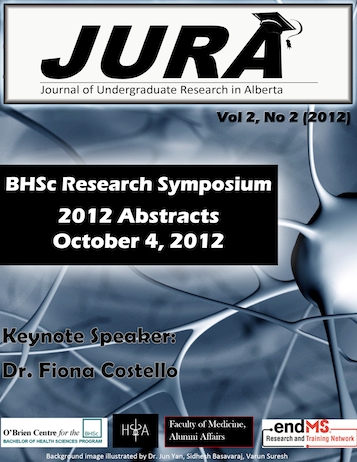Use of a nematode infection model for virulence factor screening and polymicrobial virulence testing
Abstract
Introduction: Cystic Fibrosis (CF) is a debilitating genetic condition characterised by a chronic, polymicrobial biofilm infections. Pseudomonas aeruginosa is a primary pathogen in the CF lung but many other organisms are present. High throughput infection models are useful for the identification of virulence factors in a given pathogen, or for the virulence testing of polymicrobial combinations.
Approach: Caenorhabditis elegans is a nematode worm that feeds on bacteria and is commonly used as an infection host. Previously, 2500 strains from a mini-Tn5-lux mutant library were screened in a nematode feeding behaviour assay to identify mutants that acted as preferred food sources. Here we tested our hypothesis that preferred food sources were less virulent. We also tested the virulence of a large panel of bacterial isolates recovered from CF patients, many of which are considered oropharyngeal (OF), non-pathogenic isolates.
Results: Many of the preferred food sources had decreased virulence compared to the wild type control in the “slow killing” infection model. Preferred bacterial food sources were not due to nematode attraction or aversion of bacterial secreted products. Many OF isolates were pathogenic to C. elegans, either individually or when in combination with P. aeruginosa. Furthermore, combinations of 2-3 isolates were often more virulent than combinations of 4-6 unique isolates.
Conclusions: We developed a worm feeding behaviour and high-throughput killing assay that is amenable to testing large numbers of isolates individually and in combination. The polymicrobial infections suggest that bacteria normally considered non-pathogenic may be virulent when in combination. Future use of the nematode infection model will help examine the polymicrobial nature of many real world infections.
Downloads
References
[2] Overhage, J. Lewenza, S. Marr, A. K. Hancock, R. E. W. (2007), Identification of Genes Involved in Swarming Motility Using a Pseudomonas aeruginosa PAO1 Mini-Tn5-lux Mutant Library . Journal of Bacteriology, 189. 5: 2164-2169 . doi: 10.1128/JB.01623-06
Downloads
Published
Issue
Section
License
Authors retain all rights to their research work. Articles may be submitted to and accepted in other journals subsequent to publishing in JURA. Our only condition is that articles cannot be used in another undergraduate journal. Authors must be aware, however, that professional journals may refuse articles submitted or accepted elsewhere—JURA included.


